ATV valve adjustment is often forgotten about, and I understand why. Just getting access to the valves on some bikes is a mission in itself. But if you hear a new sound from the top end, it may be time to bite the bullet.
Adjusting ATV valves is a 6 step process:
In this post, you’ll learn how to adjust your valve lash like a professional. If you need to check the symptoms of maladjusted valves, check out this post, “ATV valve adjustment symptoms”
This guide covers the more common rocker-style valve train. If your ATV is fitted with an OHC (Over Head Cam), the procedure is a little different.
Page Contents
Some bikes make it easy to access the valve covers, and some will be a complete pain in the ass. It’s not unusual to remove side covers, seat gas tank and air-box, and ducting. Most ATV engines are single cylinders but will likely have four valves. Two inlet and two exhaust.
When you finally gain access, remove the valve caps. Most will be individual valve caps with an O-ring seal. Each valve will likely have its own cap.
Your engine is a four-stroke unit, and we want the piston at the very top of the cylinder on the power stroke.
The four defined strokes are:
1 Intake stroke – Intake valve(s) opens as the piston moves down the cylinder and closes again as the piston bottoms out.
2 Compression stroke – Intake valve(s) now closed as the piston moves up the cylinder, compressing the air/fuel mix into the combustion chamber at the top of the cylinder.
3 Power stroke – The spark plug fires and ignites the compressed mix causing the piston to move down the cylinder under power.
4 Exhaust stroke – Exhaust valve(s) open as the piston moves up the cylinder, pushing the spent gases out. The valve is fully closed as the piston reaches the top of the cylinder, and the cycle starts over.
What is TDC (Top Dead Centre)? It’s when the piston is at the very top of its stroke.
Why is this important? When the piston is at TDC, both exhaust and intake valve springs are unloaded, and valves are fully closed. That’s when we can check and adjust valves.
Begin by removing the spark plug, and on the flywheel cover (if pull starter fitted, go ahead and remove it), you’ll find a timing inspection cap. Go ahead and remove it. You’ll also find a flywheel nut access cap, go ahead and remove it too.
Using a suitable deep socket and ratchet, turn the engine over while viewing the flywheel through the inspection hole. TDC is commonly marked by a letter “T” or “Dash” stamped into the spinning flywheel.
You’ll need to rotate the flywheel/crankshaft fully to find and familiarize yourself with your marking. However, the “marking” will pass the viewing window four times in a full four-stroke cycle, but we want to identify the power stroke.
The simplest way to identify the power stroke is to watch the valve springs after the engine passes TDC. When the valves do not compress immediately after TDC (Cam lobes pointing upwards) – You’ve found the power stroke.
With TDC on power stroke located, check the “Mark” again on the flywheel, and you’re ready to begin checking lash.
Note OHC set up shown here, but the logic is the same.
The tools required are primarily basic. But you will need a feeler gauge. You can find all these tools here on the ATV tools page.
What is a feeler gauge? It’s an inexpensive tool used to measure clearances between mechanical components.
It comprises stainless steel strips of various sizes, measured and marked in standard and metric arranged in a fan configuration.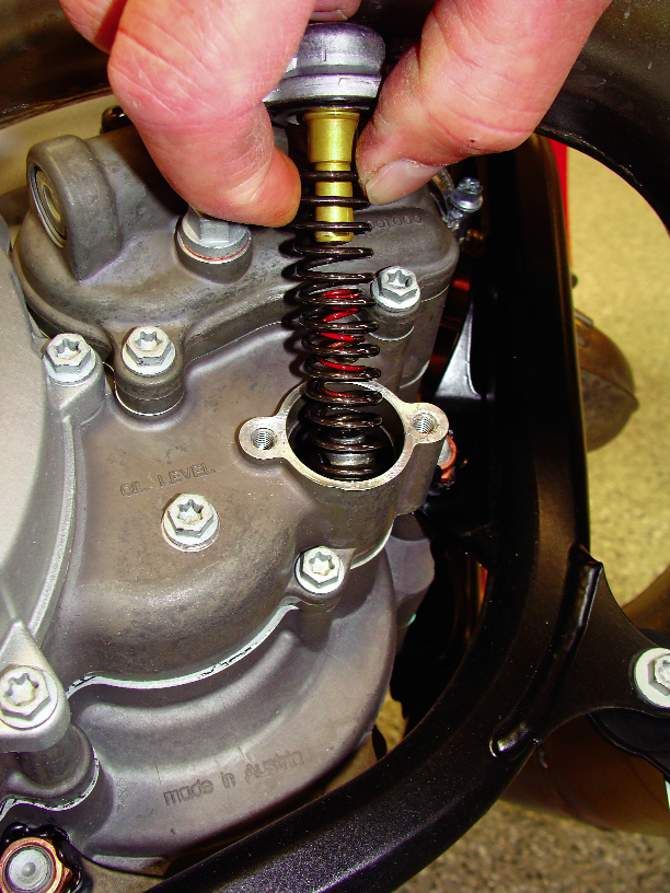 If you need to buy a set, know that the standard type feeler gauge fingers are straight, which is fine for working on car engines where there’s a lot more room.
If you need to buy a set, know that the standard type feeler gauge fingers are straight, which is fine for working on car engines where there’s a lot more room.
On a bike engine, an off-set feeler gauge is easier to handle, might cost a few dollars more but totally worth it.
All engines will have at least two valves. Some may have four per cylinder. To check lash, you’ll need to identify which valve is which. The intake valve is larger, but that can only be seen by removing the cylinder head, which obviously we won’t be doing. The easiest way to identify the valves is by their location. An ATV engine is small and logical.
The intake valve(s) will be on the same side of the engine as the carburetor and the valve(s) closest to the carburetor. You may have a pair of intake valves, and if so, they’ll be arranged as a pair.
The exhaust valve(s), likewise, will be the valve(s) closest to the exhaust. Bear in mind. You may have two exhaust valves.
At this point, you’ll need to refer to your engine spec to find your intake and exhaust valve lash measurements. Intake and exhaust measurements will be different. The acceptable measurements may be given as a range, if so any measurement within the range is to spec.
Intake and exhaust measurements will be different. The acceptable measurements may be given as a range, if so any measurement within the range is to spec.
Using the appropriate size blade, (marked on the blade) slide the blade between the valve tip and the cam (rocker). You should feel gentle but constant resistance.
The blade should neither be too tight nor loose. Check intake and exhaust valves. Note the measurements.
The rocker valve lash adjusters vary in style, but the principle is the same. The lash adjuster is a two-part assembly. A lock-nut (usually a nut) and an adjuster screw (usually a screw head or Torx). The lock-nut keeps the adjuster screw at the set height and so must be loosened before any adjusting can take place.
Having identified the valves that need adjustment, go ahead and loosen the adjuster lock-nuts. You’ll need to hold the adjuster screw while loosening the lock-nut, back the lock-nut off a turn.
If you have an OHC, below the bucket you’ll find a pad, swap the pad out to adjust the bucket to cam gap.
Slide the appropriate feeler blade under the rocker and adjust the screw adjuster (Clockwise to tighten and anti-clockwise to loosen). Feel the change in resistance by moving the gauge as you adjust.
When you find the sweet spot with the adjuster screw, you’ll need to hold the screw stationary as you tighten the lock nut.
If you allow the adjuster screw to move while snugging up the lock-nut – the lash will be off.
Test your gauge feel once again after snugging down the lock-nut. If it’s too tight, repeat the adjusting process.
A common mistake is over-tightening and breaking the lock-nuts, don’t be that soldier!
When reassembling, torque the cap or cam cover to spec, replace the gaskets (lube rubber seals) to prevent oil leaks. Nice work!
You’ll find the tools I recommend here on the ATV tools page and you’ll find common spare parts here on the ATV parts page.
You may find the following posts helpful:
How often to service ATV?
ATV parts page
How to tell ATV jumped time?
How often should I start ATV?
John Cunningham
John Cunningham is a technical writer here at ATVfixed. com. He’s a Red Seal Qualified Service Technician with over twenty-five years experience. He’s worked on all types of mechanical equipment, from cars and trucks to ATVs and Dirt bikes.
com. He’s a Red Seal Qualified Service Technician with over twenty-five years experience. He’s worked on all types of mechanical equipment, from cars and trucks to ATVs and Dirt bikes.
Regular maintenance ensures that your ATV runs smoothly. What about valve adjustments? Valves allow fresh gas to flow into the combustion chamber and spent gas to exit. On average, valves require no more than periodic clearance, inspection, and occasional adjustments, but how often should you perform ATV valve adjustments?
ATV valve adjustments ought to take place every few months for most machines. However, if you own a high-performance ATV, you will want to check and adjust your valves after every 3-4 riding trips or during oil changes.
In this article, you’ll get a quick guide on how often to adjust your ATV valves. In addition, you will also learn the following:
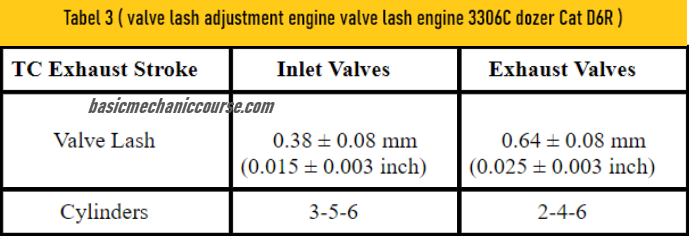
When a valve is closed, you need to have a gas-tight seal in the space between the valve seat and the valve face. To ensure the valve is well-seated, you need to have some valve clearance (lash) between the rocker arm and the valve stem. You can adjust the lash with a screw, shim, or with a hydraulic device.
As the engine heats up, the metals inside expand. This happens to the valve train components too. If the lash between the valve stem and its operating mechanisms is insufficient when the engine is at rest, it will be even more so when it gets hotter.
If the valve clearance is reduced too much, the following occurs:
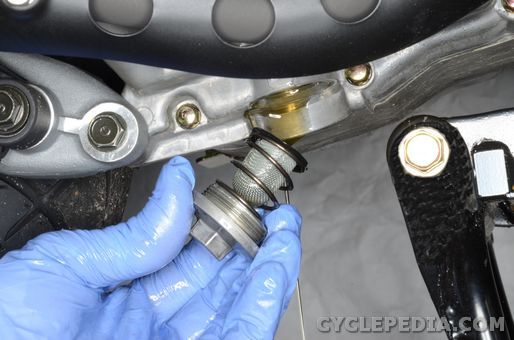 This leads to detonation, pre-ignition, engine overheating, warped or burnt valves.
This leads to detonation, pre-ignition, engine overheating, warped or burnt valves.Again, if you remove the clearance, the valves get to sit a little further from the valve seat. This reduces the seat-to-valve-face contact area, giving combustion gases room to leak past.
By now, the engine might not start, and your valves are badly in need of attention. At this point, trying to start the engine could cause the exhaust valve to overheat or even burn.
Is there a way to tell whether your ATV valves need checking or adjusting without necessarily pulling the top to check the clearance? In other words, are there any particular signs that you need to look out for?
For starters, indeed, the most foolproof way to tell whether your valve clearances are in good shape (spec) is to pull the cover and measure them. Fortunately, there are other ways to tell. Out-of-adjustment valves usually make it easy for you to notice them because:

In a nutshell, they might be noisy – if too loose- or the bike could lose compression or overheat – if too tight.
ATV Valves can lose clearance (slip out of adjustment) due to several reasons, including:

What happens if you don’t adjust your valves? The reason for setting valve clearance is simple; metal expands when hot. Therefore, if the clearance gets too tight, the valve can’t fully sit in the head.
As mentioned previously, this situation can lead to compression loss or overheating. The latter can even lead to the valve’s destruction since the head helps to dissipate the heat from the valve. If the valve is unable to close fully, it loses the chance to transfer enough heat to the head.
And how does this affect your ATV?
If the valve is too tight, the ATV loses compression and performance while your gas mileage suffers. If it gets too loose, it becomes noisy and gets damaged by excessive clearance and metal bits slapping against each other.
Sometimes, if it gets too loose, the valve fails to open fully in a timely manner, and the engine fails to breathe optimally.
Finally, poorly adjusted valves can cause the entire valve train to wear out. Furthermore, if your valves have too much clearance, they can cause valve damage and failure, which can extend to the camshaft lobes and rocker arms. If you notice your valve train components failing, be sure to check the valve clearance.
So, how often should you adjust your ATV Valves, or should you base this on standard maintenance intervals? Well, this depends on your machine type and the manufacturer’s instructions.
High-performance engines require servicing more often than other utility quads. As such, you will find that you need to adjust your ATV valves every 20 hours or so or with each oil change.
There’s a good reason for this too. You see, if you allow the valves to go too far, the intakes become too tight and they start leaking.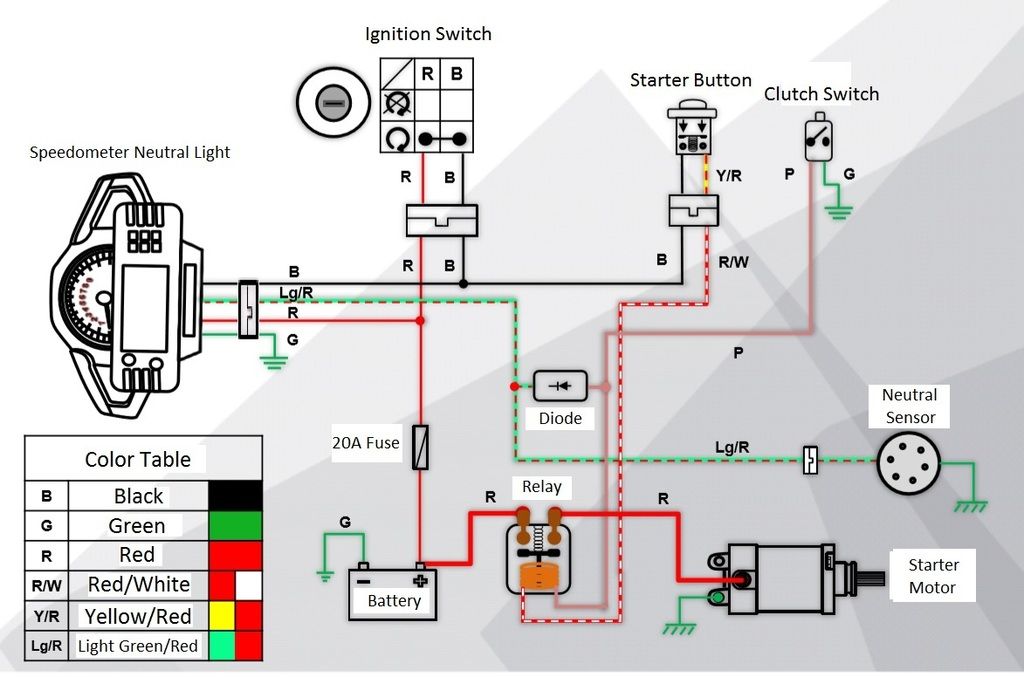 Then, you’ll be setting yourself up for some big-time repairs.
Then, you’ll be setting yourself up for some big-time repairs.
Additionally, depending on the type of bike you have, you might notice that the valves tap slightly when correctly set. Any noticeable sound changes would therefore indicate a need for adjustment.
Even so, the adjustment interval is not cast on stone. Rather, it’s what most manufacturers consider to be a safe bet between the adjustment cost and the heightened risk of valve problems or, worse, decreased engine lifespan.
Consequently, you can decide to either half or double the interval, depending on what works for you. Besides, experience and familiarity with your ATV should also enable you to diagnose valve clearance challenges.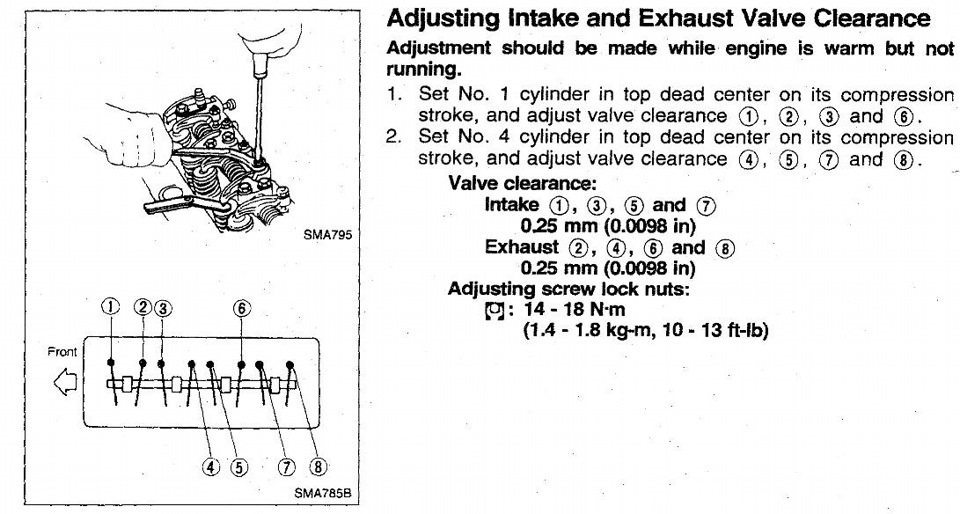
It’s important to note that valves tend to tighten with age. With this in mind, some ATV owners suggest that you are better off adjusting on the looser end than the tighter end of the specs when making adjustments.
For detailed instructions on how to adjust your ATV valves, check out Dirt Wheel Mag’s guide. Alternatively, you can also check out this video:
ATV valve adjustments are an essential part of your ATV’s preventative maintenance. If you fail to perform the adjustment, nothing will happen immediately, but with time, additional wear and tear happen.
Again, by the time your ATV lets you know that you need to do your maintenance – noisy valves, reduced performance, etc. – more often than not, you will have done some damage already.
Sharing is caring!
Adjusting the valves on an ATV is one of the most important maintenance steps. Ignoring this operation will adversely affect the operation of the engine, make it difficult to start the ATV, and even lead to a number of serious breakdowns. Therefore, it is important for the rider to figure out when it is necessary to carry out the adjustment and whether it is worth performing the procedure on their own or it is better to seek help from an ATV store in Kyiv.
Experienced motorists advise adjusting the valves on the ATV immediately after purchasing the equipment. The fact is that when assembling devices (especially Chinese ones), manufacturers do not pay due attention to this procedure. And the operation of ATVs with incorrectly adjusted clearances leads to:

The second clearance setting should preferably be done when the vehicle is running in. That is, after 300-350 km of the way, the rider should check the cylinder head.
Please note: An operation such as adjusting the valves on an ATV is considered a mandatory maintenance item and should be carried out every 1000-1500 km.
Before adjusting the valves, you need to prepare the quadric for the procedure. To do this, it is recommended to raise the front of the ATV. This will clean the cylinder head oil bath and remove excess fluid.
Then dismantle the body parts that make it difficult to get to the valves. However, it all depends on the model of the quadric, in some devices you can get to the cylinder head without removing the plastic parts and assemblies.
The rider also needs to prepare tools: an 8 wrench (better with a head so as not to damage the nuts), measuring probes (you can find them in any auto shop) and a hammer.
Let the machine cool down before adjusting the ATV's valves. The procedure is performed "cold", so it is better not to start the ATV before adjusting.
In fact, adjustment is a basic operation, so even a novice ATV rider can perform it. The driver only needs:


After making adjustments, start the ATV and observe engine operation. It is possible that at first the device will make a slight tapping sound. However, if the knock is strong, then the valves were not set correctly.
Important: Do not load the ATV heavily after adjustment. Carry out a mini run-in (5-10 km). Also, during the trip, listen to the sounds that the ATV engine makes.
02/19/2021 4589
Introduction.
Adjusting yourself or in the workshop, everyone decides for himself. I would like to note that adjusting the valve clearance is not such a difficult matter, anyone who knows how to turn nuts can handle it. All you need is attention and care. This article will help you.
○ You can buy a Stels scooter in our store by choosing a convenient payment method: cash to the courier, card, credit, installment.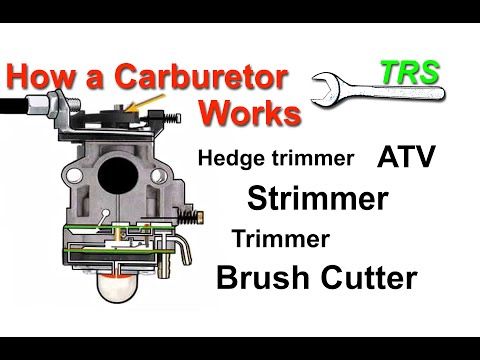
When adjustment is required.
- After the first 500 km of run, then - according to the table of prof. works (see the Operation Manual, which will be posted on our website).
- Scooter does not start or starts with difficulty.
- Gaining momentum with difficulty.
- Constantly stalling.
- The motor makes a ringing noise.
Attention, it is not only improper valve adjustment that can cause these problems. Description of common problems, possible causes and solutions will be published on our website.
Attention:
- Gap adjustment ONLY COLD!
- Remove the seat carefully, the plastic is brittle, especially at low temperatures!
- It may be necessary to adjust the carburettor after adjusting the clearance.
- Before removing the cylinder head cover, it is advisable to wipe the engine. After removal, make sure that foreign objects do not get into the engine.
- The author of the article does not bear any responsibility for possible damage caused by incorrect adjustment.
Tools needed:
- Pliers
- Phillips screwdriver
- 9 and 8 mm wrenches (heads)
- Valve clearance feeler gauge (we will need 0.05 and 0.1 mm)
Pitch Preparatory work.
Prepare 3-4 jars or other containers for screws, nuts and other small parts. So we will not lose anything in the process of work.
Removing the seat. Here we need a 10 mm socket wrench and a screwdriver. There are 4 nuts in the luggage compartment that need to be unscrewed (two on the sides of the seat lock and two on the bottom). There are 2 screws under the rubber foot mat, which we also unscrew (see photo).
Next, carefully remove the seat together with the helmet box (luggage compartment). Under it is the engine. Now the motor is free and nothing interferes with us.
Step 2: Fan cover.
To set the valves, we must find the top dead center.
To do this, remove the plastic fan cover for the generator:
Unscrew 2 nuts (M8) and two screws and remove the cover:
Step 3 Cylinder head cover.
Remove the cylinder head cover:
To do this, unscrew 4 M10 bolts and 2 nuts (a metal tube is screwed with nuts). Now we remove the cover and see the following picture: Before we start setting the gap, we need to find the TDC (top dead center).
Step 4 Top Dead Center (TDC)
TDC is the point at which the piston in the cylinder reaches its top position. In this article, I present a method for finding TDC using marks on the generator rotor. Of course, you can determine the TDC in another way, for example, by the position of the rocker arms. Attention: Four-stroke scooters have 2 TDC!
There are 3 holes on the camshaft sprocket. Their location shown in the photo corresponds to the TDC of the piston, at which both valves are closed (what we need).
On the flywheel of the Vibita Generator Risks: t (VMT) and F (ignition moment):
Risk T should be marked with a number 1.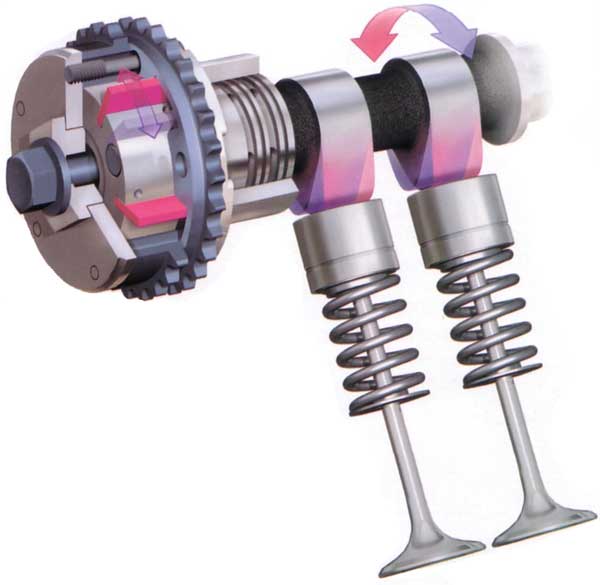
to combine protrusion and TDC mark, use a socket wrench and rotate the fan CLOCKWISE until TDC is reached. To find out that this is really TDC, we gently move the key, while the valve rockers should not move. If they move, then this is not TDC, we turn the fan further, CLOCKWISE, until the risk and the ledge are combined.
Well, we have found the top dead center, now we can start adjusting the valves.
Step 5: Adjust/Check valve clearance.
To check the gap, take a feeler gauge 0.05 mm and try to put it between the inlet valve and the adjusting bolt.
If this fails (due to the absence or slight gap) or the gap is too large, then loosen the M9 locknut and turn the adjustment bolt with pliers or a suitable wrench. Clockwise - the gap decreases, counterclockwise - increases. At the same time, we hold the probe between the valve and the adjusting bolt.
The probe must be firmly seated between them so that the probe can be moved, but should not be scratched when moving.